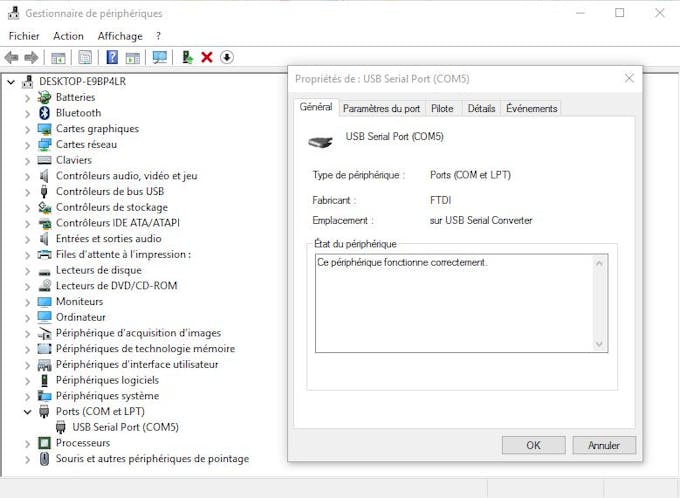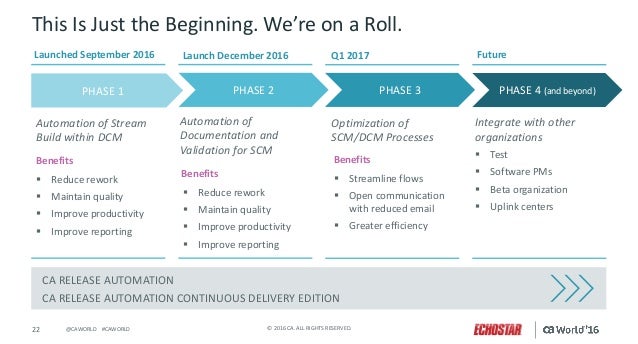Uplink Developer Cd Zip Case
“Chase,” “JPMorgan,” “JPMorgan Chase,” the JPMorgan Chase logo and the Octagon Symbol are trademarks of JPMorgan Chase Bank, N.A. JPMorgan Chase Bank, N.A.
Is a wholly-owned subsidiary of JPMorgan Chase & Co.Investing involves market risk, including possible loss of principal, and there is no guarantee that investment objectives will be achieved.JPMorgan Chase Bank, N.A. And its affiliates (collectively “JPMCB”) offer investment products, which may include bank managed accounts and custody, as part of its trust and fiduciary services. Other investment products and services, such as brokerage and advisory accounts, are offered through J.P. Morgan Securities LLC (JPMS), a member of. Annuities are made available through Chase Insurance Agency, Inc. (CIA), a licensed insurance agency, doing business as Chase Insurance Agency Services, Inc.

JPMCB, JPMS and CIA are affiliated companies under the common control of JPMorgan Chase & Co. Products not available in all states.' Chase Private Client' is the brand name for a banking and investment product and service offering. Member FDIC.Equal Housing Lender.
A CD is 1.2 mm thick and rotates at a speed that varies between around 500 r.p.m. At the inside of the disc to around 200 r.p.m. At the outside (the disc is read from the inside to the outside). The speed reduces as the laser moves towards the outside of the disc to keep the linear read-out speed constant.
This is usually 1.2 m/s, corresponding to a theoretical maximum playing time of 74 minutes. The frequency response of a CD is flat within ±0.5 dB from 5 Hz to 20 kHz, with a signal-to-noise ratio of better than 90 dB.CD singleIn the time of gramophone records, there were not only 30 cm (12 inch) LPs, but also 17 cm (7 inch) ‘singles’ with a playing time of 3 to 4 minutes on each side.
These were mainly popular with young people who wanted to buy ‘hits’ at a reasonably attractive price. There were also 17 cm ‘EP’ (Extended Play) discs with a playing time of 6 to 8 minutes. The 8 cm ‘CD single’ was launched to take over the ‘singles’ function, with a maximum playing time of around 20 minutes and the same sound quality as a normal 12 cm CD. Almost all today’s CD players can play these 8 cm discs. These ‘audio singles have proved to be less popular than expected, although they are being increasingly used in CD-R (CD-Recordable) form as a low-cost way to store MP3 music files. An 8 cm CD-R has a capacity of 156 MB, or approximately 3 hours of music in MP3 format.CD GraphicsCD Graphics makes it possible to store song lyrics and other information on a CD, which can be displayed on a TV screen when a disc is played. This is not a new development, but one of the special ‘features’ that were included when the CD was introduced.
Uplink Developer Cd Zip Cases
However, few manufacturers offered CD Graphics players with the required graphic decoder, and hardly any CD Graphics discs were issued, so this feature never became a success.CD-ROMDigital audio is stored on a CD in almost the same way as computer data. Which is why the CD-ROM (Read Only Memory) was developed and launched around 1985. Like the audio CD the disc has a diameter of 12 cm and a storage capacity of 650 to 700 MB - equivalent to 450 floppy disks or more than 250,000 typed A4 pages.
A CD-ROM allows fast data access and has a very high reliability. This is why it is now universally used to store computer software and data.CD VideoLaunched in 1972 as VLP, the ‘LaserDisc’ became popular mainly in Japan and the USA among movie enthusiasts and - especially in Japan - lovers of Karaoke. But in Europe there was not so much interest.
To make optical discs into a video medium, the joint license holders Philips en Sony announced the development of a CD with a video capability in 1987, under the name ‘CD Video’. Three discs sizes - 12, 20 and 30 cm - were developed. The 12 cm 'CD with video' was referred to as 'CDV'. It contained up to 5 minutes of (analogue) video (like LaserDisc) plus up to 20 minutes of CD digital audio, which could be played on any CD player.

The 12 cm discs were yellow; to distinguish them from the silver audio CDs. Philips intended these discs to be an ideal carrier for video clips. 20 and 30 cm CD Video discs were also introduced, with playing times of 40 to 120 minutes. By 2000 the roles of CD Video and LaserDisc were taken over by DVD.CD-i, the interactive CDLaunched in 1991, the CD-i combined CD sound with video, text, animation and interactivity. This means that users could ‘communicate’ with a CD-i player and the software on the discs. In 1992 the CD-i was extended by Full Motion Video.
It was expected to have a great future in areas like learning and entertainment, and Philips launched more than 30 titles when the system was introduced, while by the end of 1991 at least 50 titles were available in the USA.Like a standard CD, a CD-i disc had a capacity of 650 MB, allowing the storage of around 7,000 photos, 72 minutes of animation or 19 hours of speech. Or any combination of these, as the CD-i titles showed. Picture quality was also excellent, thanks to digital video with more than 16 million colors.CD-i was not just promoted by Philips; shortly after the introduction some 850 companies around the world were involved: product developers, studios, publishers, player manufacturers, TV producers, advertising and PR agencies and many more.
But with the success of gaming consoles and PCs, CD-I did not have the change of succeeding.Video CDTaking advantage of CD-i’s Full Motion Video, the new Video CD was launched in 1994 as a new AV medium with high-quality digital audio and video. It was based on a joint standard developed by Philips, JVC, Matsushita and Sony, derived from the former Karaoke CD from Philips and JVC. In 1994 Panasonic announced its intention to introduce Video CD players, while Sony said it intended to launch Video CDs for professional and educational applications in 1994. Video CD was expected to be an ideal complement to the audio CD for recording live concerts, as well as for applications like animated children’s books, feature films, karaoke, travel catalogues, language courses etc. It was also thought to be an ideal medium for the video rental market. A Video CD disc, with the same size as an audio CD, had a capacity of up to 74 minutes of digital audio and video.
This meant that 2 discs were needed for a full-length movie, although these could be packaged in a box just as flat as a normal CD case, and much smaller than the same film on a video cassette or LaserDisc.But despite the high expectations, the superior DVD overtook the Video CD, so that it had only a short lifetime. It still lives on in the Far East for a big part in karaoke applications, where the Video CD and the improved Super Video CD are still very popular.CD-R and CD-RWThe CD-R (CD-Recordable) and CD-RW (CD-ReWritable) are not recent developments. CD-R was introduced for professional use as long ago as 1991, and after many years of development the CD-RW came onto the market in 1997. However a CD recorder was much too expensive for the consumer market.
Pioneer launched a relatively affordable consumer audio recorder for CD-R (not CD-RW) in 1996, although it was Philips as inventor of the CD that was the first to introduce a CD recorder for both CD-R and CD-RW in 1997. Philips also offered blank CD-R discs at a price of around 5.45 euro each. CD-RW discs were initially much more expensive, but their price - like that of CD-R discs - has now fallen dramatically.The combination of CD-R and CD-RW was a deliberate one, because CD was the absolute world standard and the world’s most popular digital audio carrier with a tremendous penetration (even exceeding 100% in the Netherlands). And a CD-R can be played on any CD player. Plus the fact that both CD-R and CD-RW, just like the CD itself, have a full 16-bit resolution and a sampling frequency of 44.1 kHz, which ensures that consumers’ own recordings have just the same high quality as any other CD.